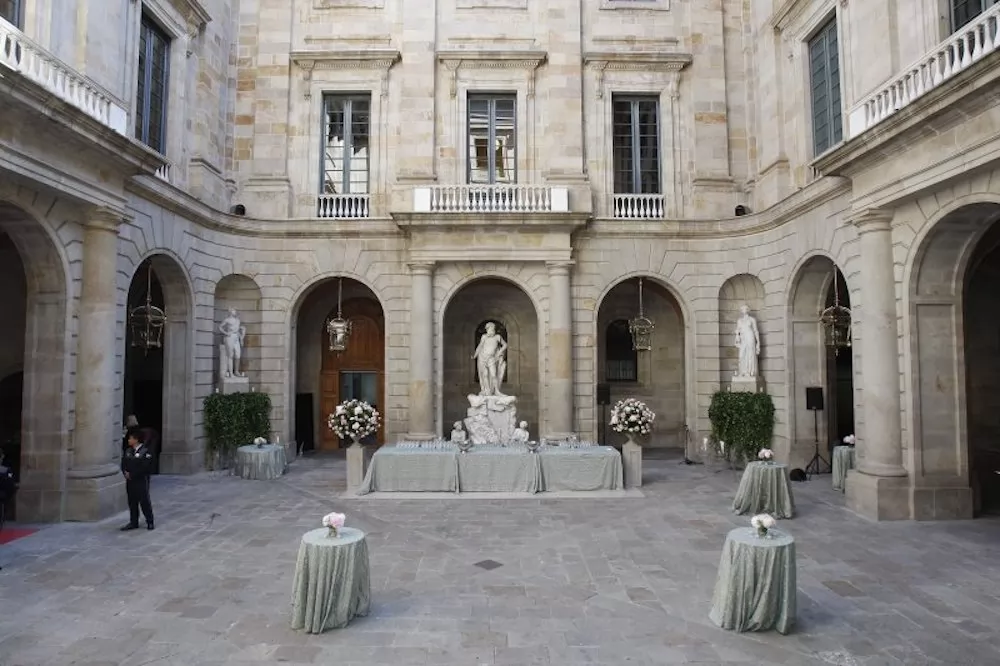
Like any other artist of his time, Picasso used to hang out in all sorts of bars and nightclubs in Barcelona. In many ways, it was his way to get inspired to do more greatness in art. And other times, it's just for pure fun and camaraderie with his fellow creatives. One that he used to frequent was an absinthe bar, Bar Marsella. Tucked in the once-bohemian area of Raval, he and fellow painter Salvador Dali would go there almost every night. And the best part? It's still around for you to see and check out for yourself!
Arguably the most famous spot on this list primarily because of Picasso, Els Quatre Gats is a classic early 20th-century café that's completely preserved to this very day. It's here where you'll get a peek into what Picasso himself saw when he hung out here during the 1900s. He'd spend countless hours socializing with the likes of Miquel Utrillo and Ramon Casas, probably discussing how they'd revolutionize the art world. Additionally, It's also here where he held his first solo exhibition. And people say he even drew the establishment's first menu all those years ago!
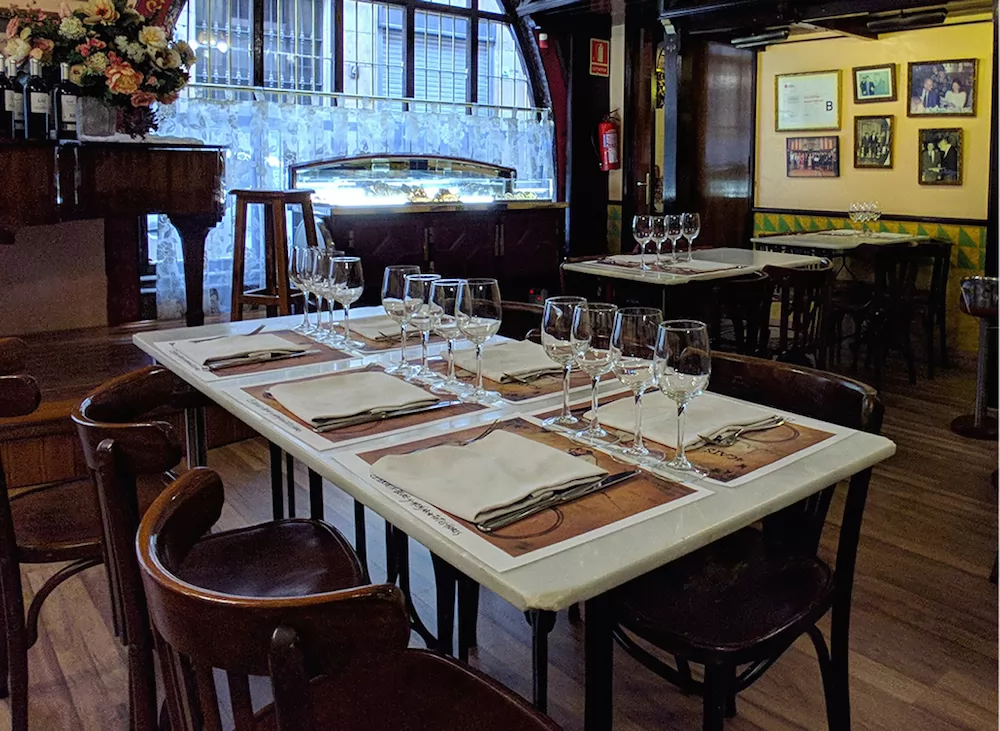
Source: Els Quatre Gats
It's almost hard to believe that Picasso went to Barcelona's Gothic Quarter a lot. The principles of art here look so different from the style he inevitably popularized during his heyday. What with all the definitive opulence of gothic art, you'd think this is a place an artist known for his abstract simplicity. But, perhaps, Picasso frequented this area to know the type of art he would go against. Or simply because the area is just so darn beautiful. Walking through this side of the Catalan city is like going back in time.
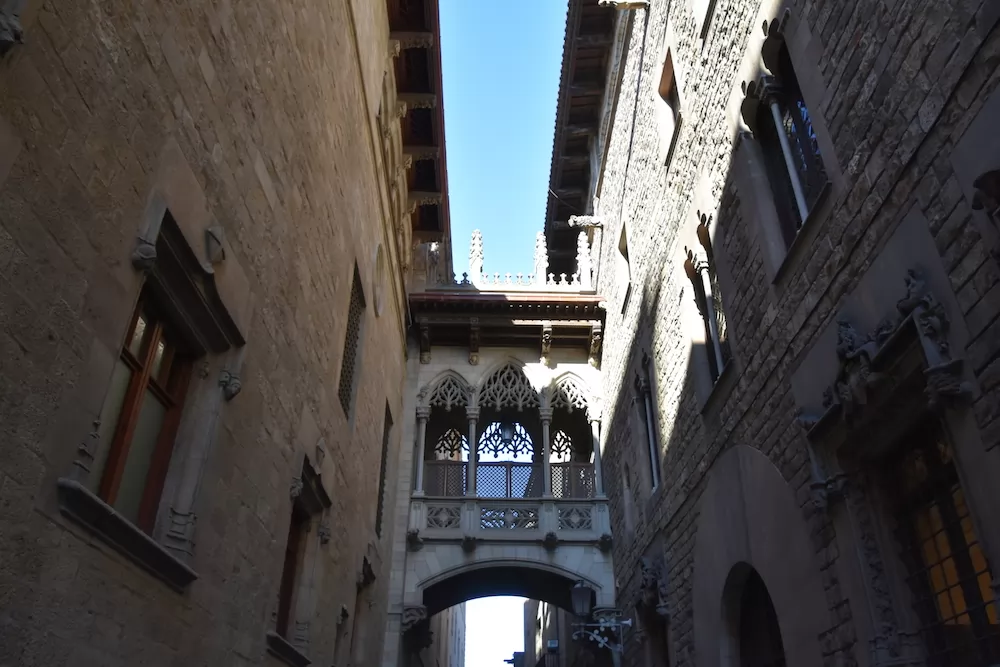
Source: Wikimedia Commons
With all this talk about Picasso being the greatest revolutionary in art makes it seem that he never went to school in the first place. Oh, but he did! His father first sent him to Escola de Llotja in Barcelona in 1895. He didn't stay there long, but to this very day, the school still operates and welcomes new students every year. It’s become one of the best in Barcelona! However, they have since relocated. Still, the building where the art school used to, Casa Llotja de Barcelona, is as beautiful as ever. An ode to Spanish Gothic architecture at its finest!

Source: Casa Llotja de Mar Barcelona
It wouldn't be a complete 'Picasso' tour without going to the one place where the artist is whole-heartedly celebrated: Museu Picasso. To this day, the museum houses the largest collection of Picasso works—around a whopping 4,000 of his original pieces. You won’t find such a selection anywhere else, be it in the museums in Paris or the galleries in London. It's a shrine to the greatness of the artist, celebrating cubism and his devotion to abstract art. But it's also a beautiful townhouse worth visiting for the architecture alone. The contrast of its traditionally classic structure with the exceptionally modern artwork inside is truly a sight to behold!
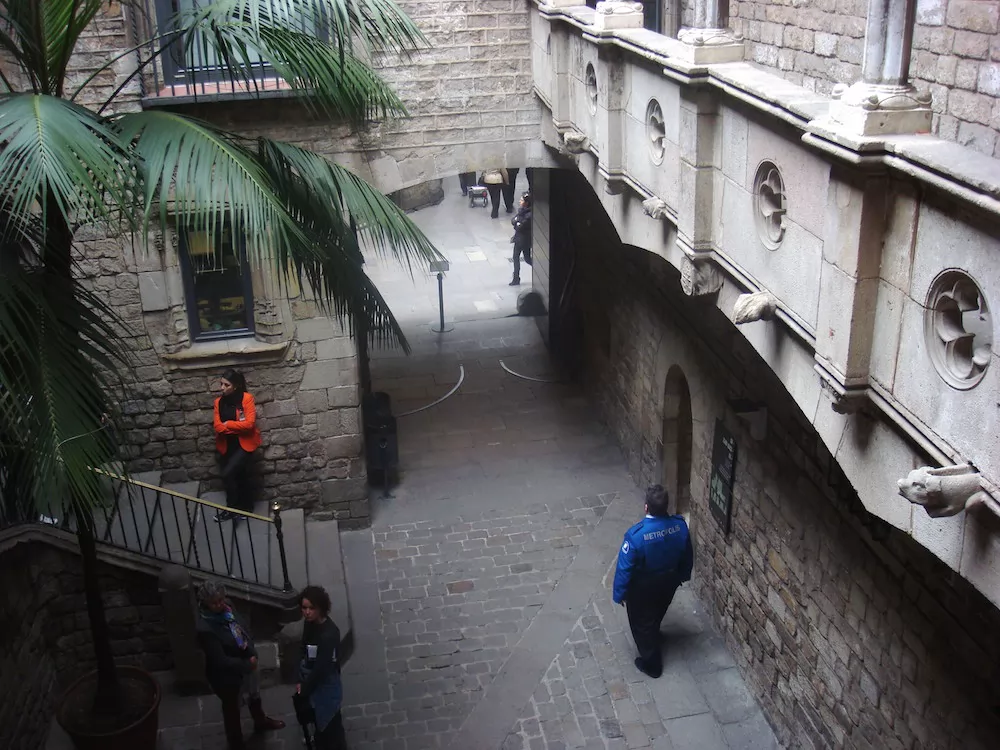
Source: Wikimedia Commons
Another gallery that housed his works is Sala Parés over on Carrer de Petritxol. Right smack in the middle of the Gothic Quarter, Picasso held his first-ever commercial gallery exhibition here in 1901. It was one of the first times the world beyond his close-knit community of artists and bohemians ever witnessed his revolutionary style. Some say that the same exhibition stirred up quite a controversy due to the power of Picasso's abstract art. Either way, you can still visit this beloved gallery in its original location, where it has stood since 1884.
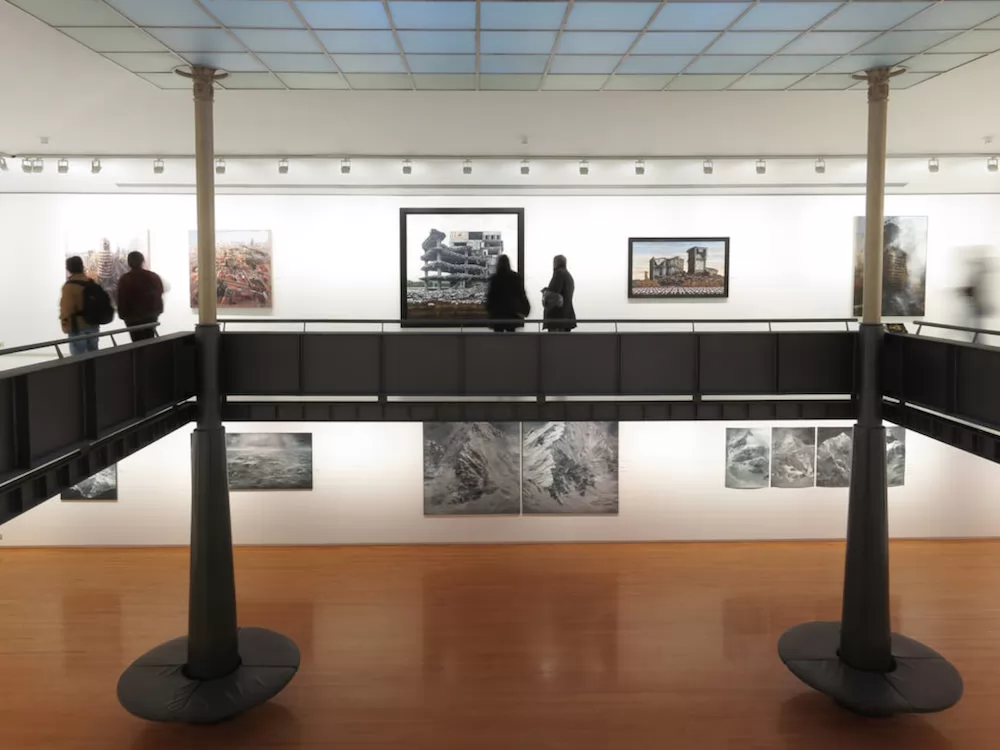
Source: Sala Parés
You would find Picasso's first-ever solo studio on Carrer de la Plata anymore. However, you might find that instead of a house or a studio, the area now features a hotel. The Hotel Serra, to be precise. Now a luxurious five-star establishment, the building still looks the same since Picasso lived there all those decades ago. Though you might not get to see the exact studio in which his creativity flourished, you would, however, get treated to quite the luxury hotel experience here. The kind worth a nice bleisure! Paired with such a history, this makes it a hotspot worth visiting for Picasso fans.
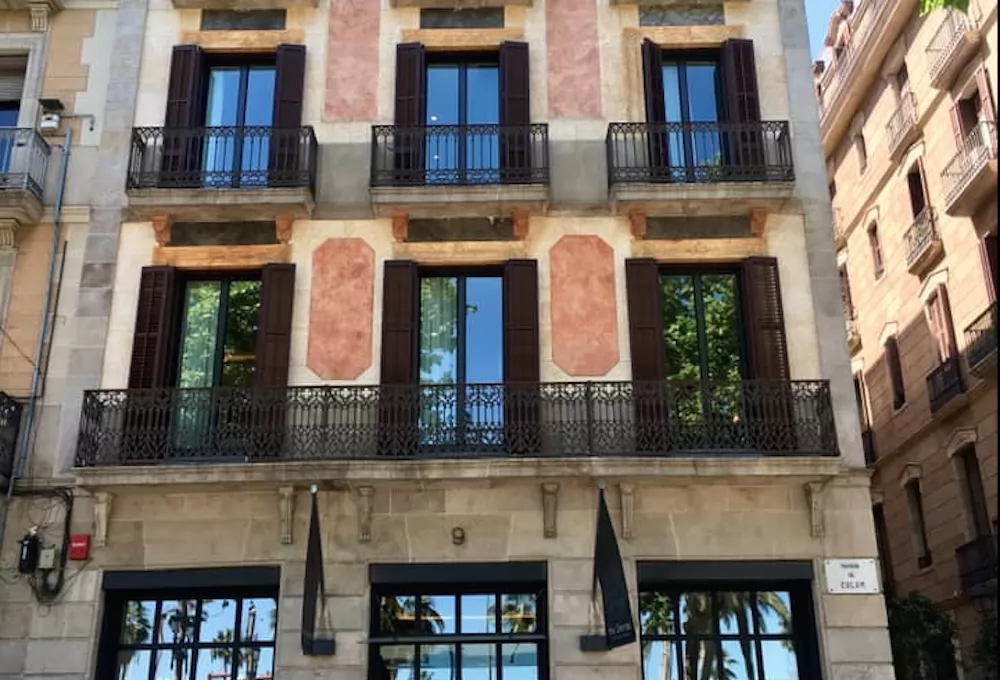
Source: The Hotel Serras
For a little bit of a bonus, there are two important areas in Picasso's life that are not in Barcelona, per se, but still quite near it. The first is the rural town of Horta de San Juan. At the turn of the 20th-century, a young Pablo Picasso left the easy life of urban Barcelona to settle down for a bit in Horta de San Juan. Here, he lived with his friend, fellow artist Manuel Pallaré and spent several months within the area of the town. His time here was so life-changing that he was famously quoted as saying, "Everything I know, I learned in Horta."
Another rural town he stayed at was Gósol, situated right at the foot of the Pyrenees. Here, his life was a lot more urban than that in Horta, but he was still isolated nonetheless. It was here where he retreated after experiencing artistic blockage when he was commissioned to paint the portrait of a famous American scientist, Gertrude Stein. Out of all the places he could have gone, Gósol is where he chose to get inspiration back. So this means it's probably a worthwhile town to visit the next time you're in Barcelona.
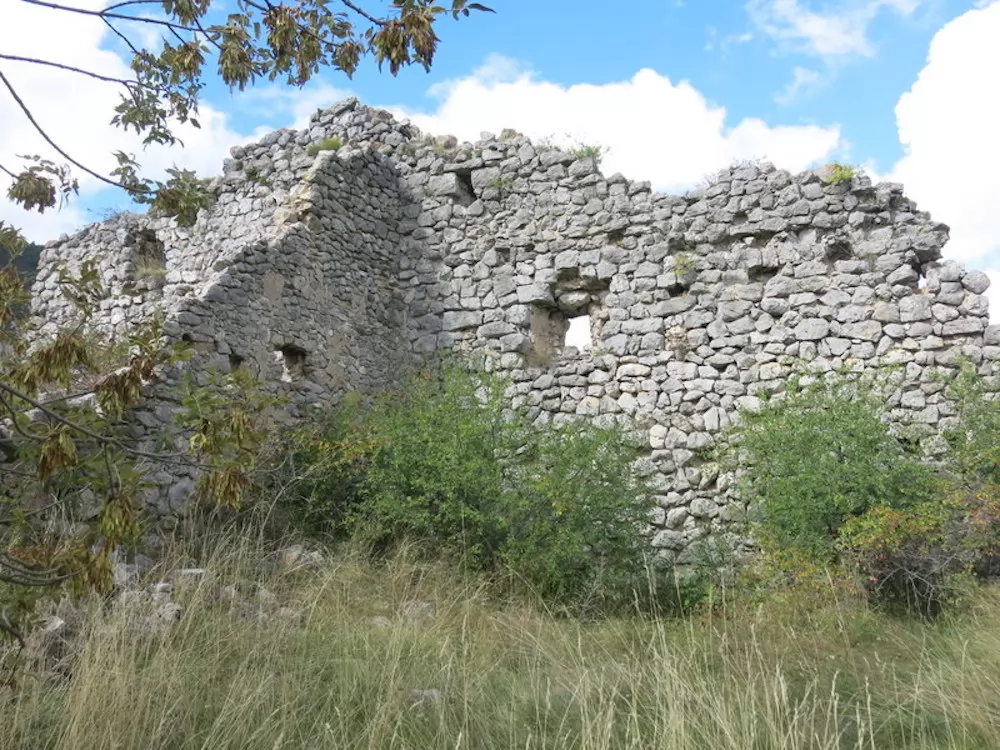
Source: Wikimedia Commons
Picasso's life was as legendary as his art. And in Barcelona, a lot of the places he went to still stand to this very day. A visit to this Catalan city won't be complete without a tour of the many hotspots one of the greatest artists of the 20th-century frequented.